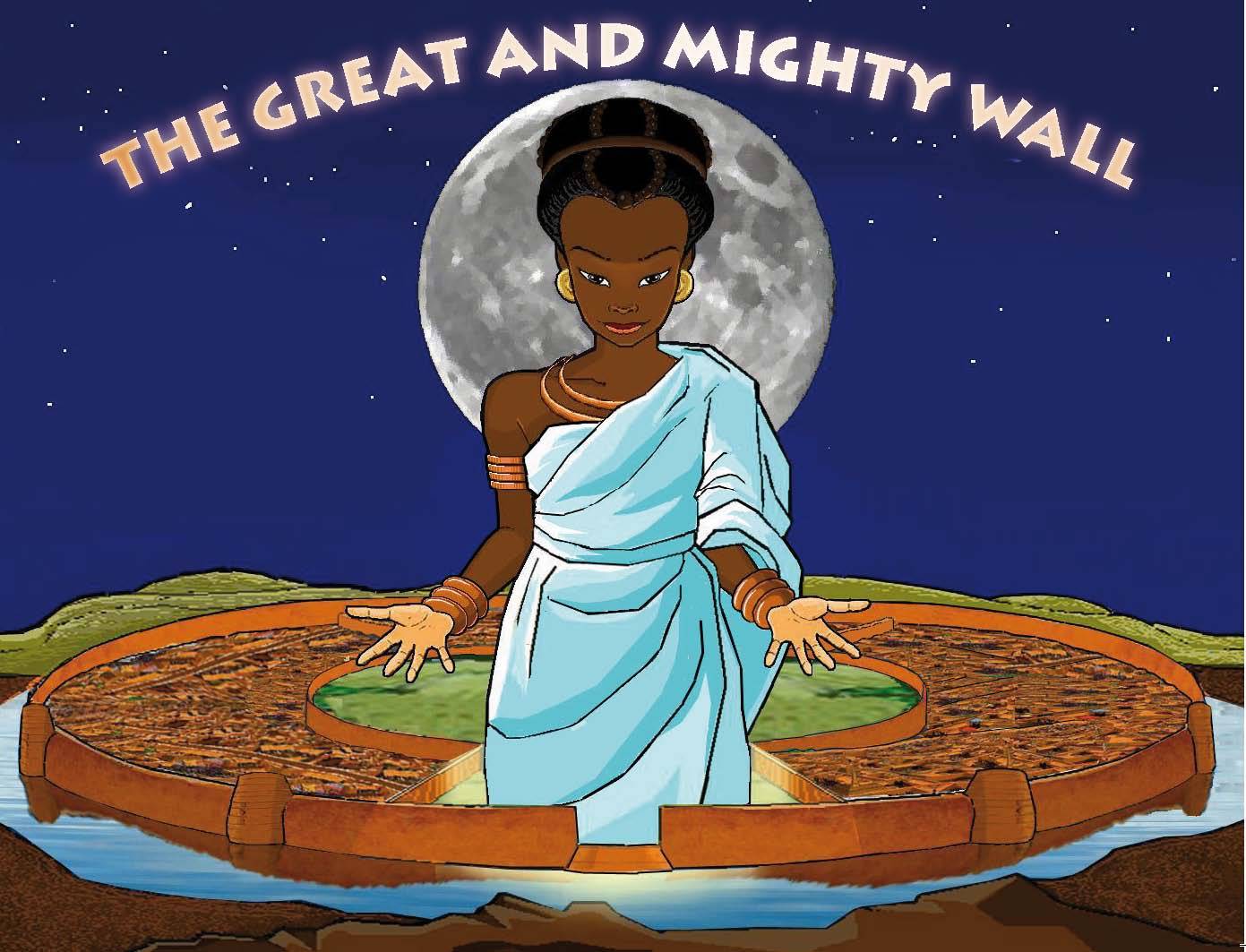Sungbo Eredo

Notable As
the largest known ancient man-made structure in sub-Saharan Africa
Historical Incidence
["This site was added to the UNESCO World Heritage Tentative List on 1 November 1995 in the Cultural category","In September 1999, a British archaeologist, Dr. Patrick Darling of Bournemouth University publicized his findings which popularized the ancient monument"]
What To Bring
["Hiking boots","A map","Camera"]
Quote About Place
["Eredo Journal; A Wall, a Moat, Behold! A Lost Yoruba Kingdom - New York Times, Sept 20, 1999","What is exciting about this for me is that we are beginning to bring out the tremendous political and cultural achievements of black Africa - Dr Patrick Darling of Bournemouth University"]
Safety Tips
["ensure you go along with a local guide","and be prepared for insects and other animals as it is a rainforest"]
Things To Do
["Visit the locals and learn their history from them","Take a hike in the rain-forest and view the monument"]
Why Was It Built?
as a monument to Sungbo and as a spiritual fortification round an ancient Kingdom
Type Of People Who Visit
It is frequented by archaeologists, adventurers, traditional worshipers and adventurers.
Reason For Loving Place
This outstanding monument is a rampart or system of walls and ditches. Its vertical sided ditches of hardened laterite (natural soil mixture of clay and iron-oxides) show how the ditch profiles were originally dug. Together with the bank of spoil heaped up on the inner side, the combined height can be as much as 20 metres. Trees above this gigantic ditch help protect its sides from the forces of nature. The grave of Bilikisu is located in Oke-Eiri inside Sungbo's Eredo. It is an important site of pilgrimage among the locals.


